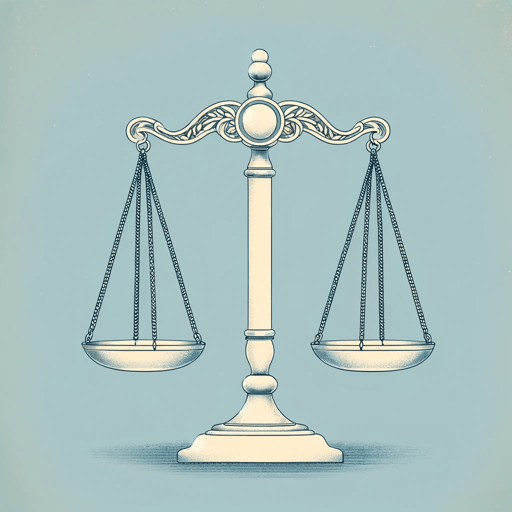45 pages • 1 hour read
Shelby SteeleWhite Guilt: How Blacks and Whites Together Destroyed the Promise of the Civil Rights Era (P.S.)
Nonfiction | Book | Adult | Published in 2006A modern alternative to SparkNotes and CliffsNotes, SuperSummary offers high-quality Study Guides with detailed chapter summaries and analysis of major themes, characters, and more.
Summary and Study Guide
Overview
White Guilt: How Blacks and Whites Together Destroyed the Promise of the Civil Rights Era is a 2006 nonfiction book by Shelby Steele, a Black conservative author who specializes in the study of race relations in the US. This guide refers to the e-book published in 2009 by HarperCollins. The title points to the book’s central theme: white guilt—the loss of moral authority—and the damaging responses it elicited in Black and White Americans in the wake of the Civil Rights movement of the 1950s and 60s. Steele organizes his chapters around a series of anecdotes and personal recollections, guiding readers back and forth through different historical moments to build his argument.
Part 1, “The Story of White Guilt,” addresses the circumstances that gave rise to White guilt, namely, the deep moral shift that began in the late 1960s. The acknowledgment of racism that occurred in the civil rights era cost White America its moral authority in areas of race, equality, and social justice. A new social morality arose to fill the vacuum. This new consciousness led to the creation of social programs aimed at making White people responsible for Black advancement. This redistribution of responsibility restored moral authority in whites, but treated Black people as weak, inferior, and incapable of taking full responsibility for their advancement. A Black militancy emphasizing group identity developed, rejecting the authority of whites, while simultaneously relying on their magnanimity.
Part 2, “An Expanding White Guilt,” discusses varied developments that changed American morality in the post-civil rights years. A counterculture emerged in response to American imperialism, the unequal treatment of women, the degradation of the environment, poverty, and other perceived evils. Adolescent rebellion became politicized, such that any questioning of adult authority was cast as a critique of “the system.” American institutions were transformed by new policies like racial integration in public schools and the implementation of social programs. On one hand, a Black identity based on entitlement and grievance emerged. On the other hand, the notion of White evil replaced White supremacy, stripping White people of moral authority and their right to an identity outside White guilt.
Part 3, “The Ways of Blindness,” focuses on the inability of Whites to see themselves and Black people as they really are. After the civil rights era, White people began to support various minority advancement policies—not for the betterment of minorities, but to dissociate from racism. White people nurtured a blindness to their true motivations in order to preserve a sense of themselves as moral beings. The focus on preconceived notions of race, rather than seeing Black people as individuals, also characterizes this period. Liberal paternalism gave rise to a new kind of White supremacy by making White liberals the driving force behind social change, which cast them as morally superior to non-liberal whites and intellectually superior to Blacks.
Part 4, “Dissociation and Culture,” addresses the chasm between American liberals and conservatives in two short chapters. The culture war began when liberals responded to White guilt by dissociating from racism, emphasizing social engineering, deference to racial minorities, and moral relativism. By contrast, those on the political right stressed principles and values. The newly progressive country nevertheless experienced cultural decline, in large part because the left abandoned the principles it needed to realize its goals, while the right—still associated with their racist past—lacked the moral authority to enforce them. The country made strides toward racial equality, yet public schools deteriorated, and poverty worsened. These problems persist because the left addresses them solely by dissociation. By contrast, the right is now politically ascendant because it promotes the democratic principles and values of individual freedom and responsibility that made America great.


